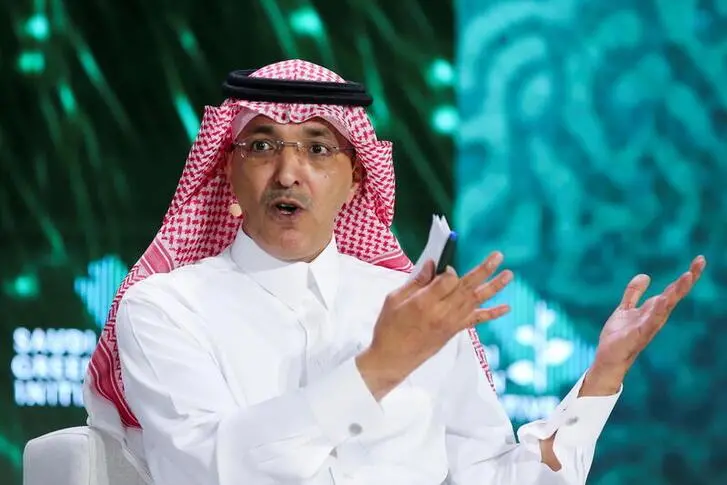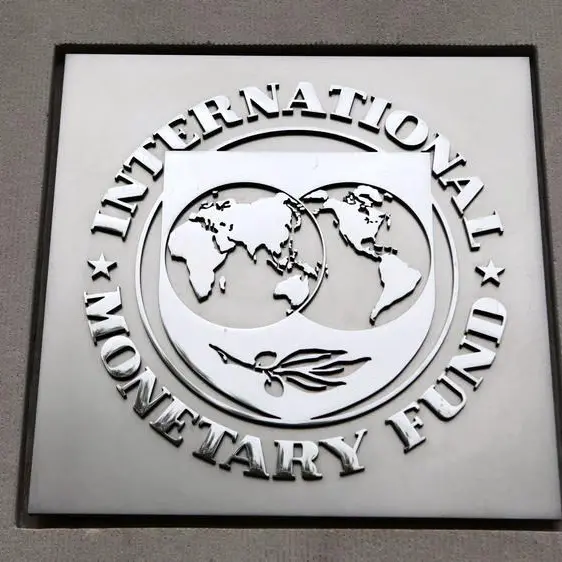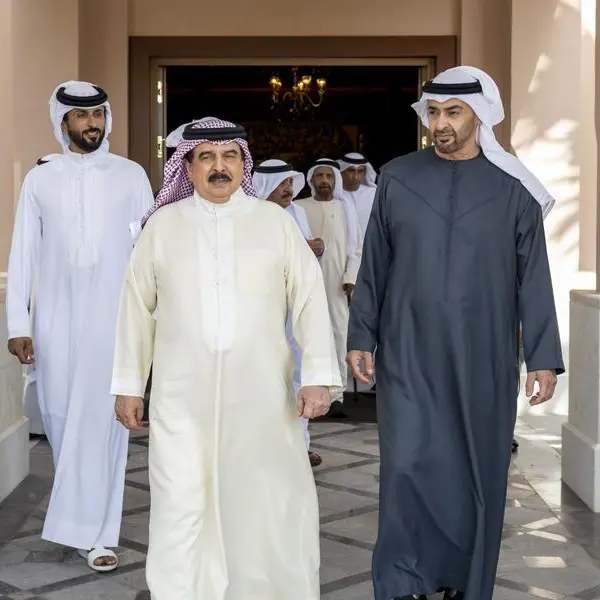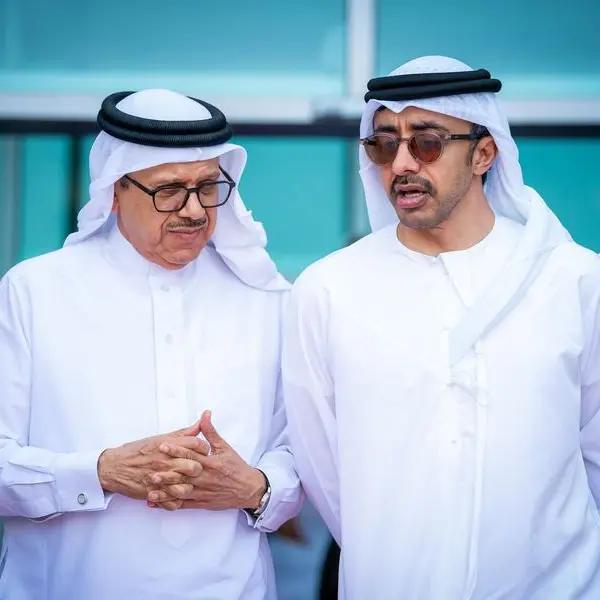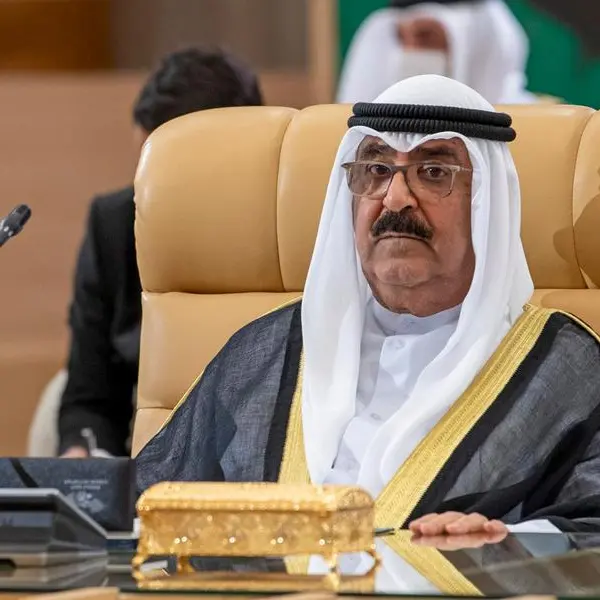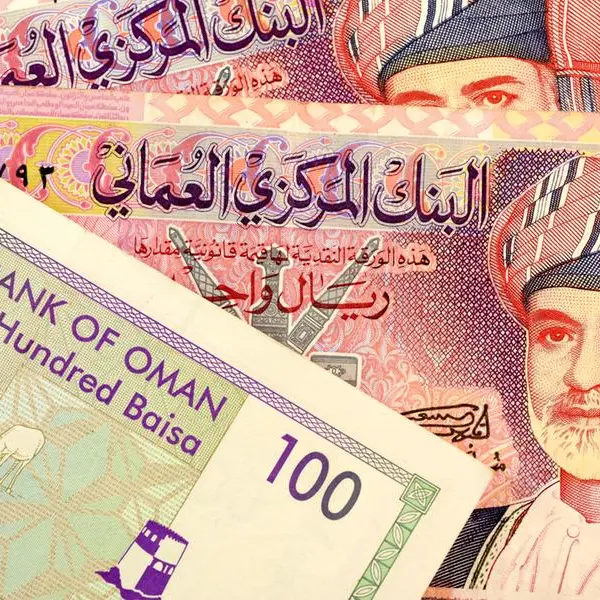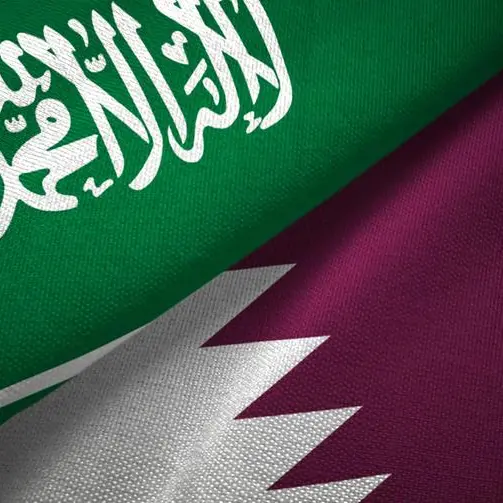PHOTO
RIYADH - Saudi Arabia will increasingly rely on its $450 billion PIF sovereign wealth fund to drive an ambitious spending push, keeping the government's books relatively clear while leaving room to increase debt if needed.
The world's top oil exporter said on Sunday it expects to post its first budget surplus in nearly a decade next year by keeping a tight rein on the public purse strings while revenues roll in, boosted by higher crude prices.
Among other measures, the budget foresees an 18.2% fall in capital expenditure compared to estimates for this year.
Announcing it, Finance Minister Mohammed al-Jadaan said: "If reserves are at adequate levels ... the surplus will go to National Development Fund to finance the private sector and to PIF for investments."
The Public Investment Fund (PIF) has become the centrepiece of Saudi economic diversification plans in recent years.
On Monday, the fund said it expected to invest up to 1 trillion riyals by 2025.
PIF has previously said it plans to invest 150 billion riyals a year by 2025, although it missed that target this year, investing only 84 billion riyals.
Should the full amount come through next year, it would bring total spending to 1.105 trillion riyals, a nearly 9% increase when compared to estimates for this year, said James Swanston, an economist at Capital Economics.
"On the face of it, the 2022 budget seems quite austere," Swanston said.
"However, what is more interesting is the kingdom's government seeming to increasingly lean upon government-related entities, most notably PIF, to support domestic investment as a substitute for government expenditure."
BIGGER SCOPE
Jadaan said many large capital expenditure programmes have been completed and spending efficiency improved.
Other resources to back capital projects will come from planned privatisations and through the participation of PIF or the National Development Fund, a state entity tasked with facilitating private investments.
Created in 2017 by amalgamating several smaller economic development funds, NDF had over $80 billion in assets as of October, according to Global SWF, a sovereign wealth fund data specialist.
"In total, actually the numbers are higher than what we used to spend, but the scope is a lot bigger," Jadaan said.
Saudi Arabia plans to keep its government debt stock unchanged next year, with new issues used mostly to refinance maturing debt rather than to support the budget.
New borrowing could be raised to support government reserves, the budget said, or to finance "capital projects that can be accelerated through debt issuances".
Crown Prince Mohammed bin Salman said this year that state companies will be required to cut the dividends they pay the government to boost capital spending and support a multi-trillion dollar spending push to diversify the economy.
But analysts have said local investment targets - which include mega projects like the $500 billion futuristic city NEOM - could be tough to meet.
"We do not foresee any new net (debt) issuances by the government in the foreseeable future and expect more to be done at the level of state-owned entities/companies as they push ahead with their investment plans," said Mohamed Abu Basha, head of macroeconomic analysis at EFG Hermes.
The government is seeking to create a consolidated balance sheet of its assets and liabilities which will include items currently kept off the books, including the investments and debts of the powerful sovereign wealth fund.
"I would expect within the next three to five years, we will receive the first consolidated balance sheet that will have the whole sovereign assets and liabilities," Jadaan told Reuters.
(Additional reporting by Aziz El Yaakoubi, Writing by Davide Barbuscia, Editing by Catherine Evans) ((Davide.Barbuscia@thomsonreuters.com; +971522604297; Reuters Messaging: davide.barbuscia.reuters.com@reuters.net))
